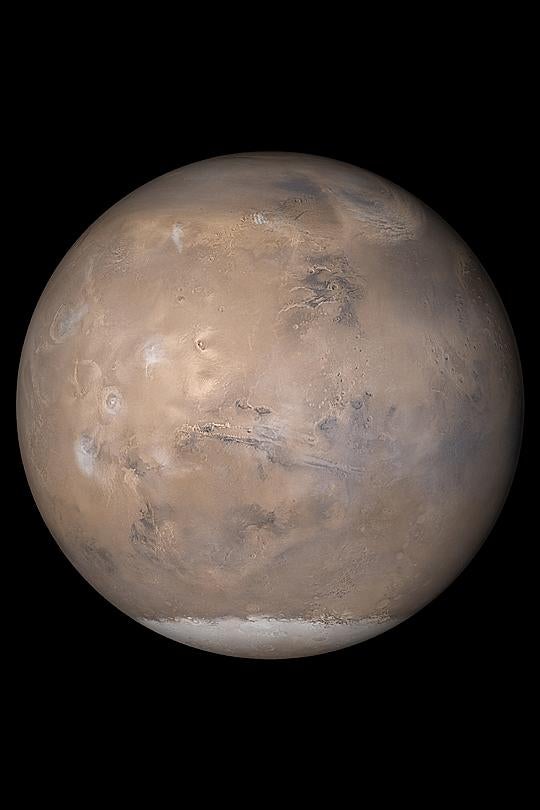Lasers powered by sunlight could be key to traveling to Mars, scientists say
It could also be used to create clean energy here on earth
Lasers that can harness bacteria’s natural ability to convert sunlight into energy could power missions to Mars and provide a source of clean energy on Earth, scientists have announced.
The technology is inspired by the way plants and bacteria convert light into chemical energy through photosynthesis.
The aim is to repurpose the light-harvesting antennae from certain types of photosynthetic bacteria to “amplify” energy from sunlight, and convert it into laser beams that can transmit that energy across space.
The scientists also hope that using organic materials rather than “perishable” artificial components means the lasers could be effectively re-grown in space – meaning they could be kept in operation without new parts having to be sent up from Earth.
Unlike conventional semiconductor solar panels, which convert sunlight into electricity, this process would not rely on any electronic components.
The project – called APACE – is first looking at developing the technology under laboratory conditions, before testing and refining its suitability for use in space.
If it is successful, the researchers say it could be used by global space agencies to power space exploration – including lunar bases or missions to Mars – as well as providing a new way of transmitting clean, wireless energy on Earth.

Professor Erik Gauger, from the Institute of Photonics and Quantum Sciences at Heriot-Watt, said the technology was potentially a “breakthrough in space power”.
“Sustainable generation of power in space, without relying on perishable components sent from Earth, represents a big challenge,” he said.
“Yet, living organisms are experts at being self-sufficient and harnessing self-assembly.
“Our project not only takes biological inspiration but goes one step beyond by piggybacking on functionality that already exists in the photosynthetic machinery of bacteria to achieve a breakthrough in space power.
“Our APACE project aims to create a new type of laser powered by sunlight.
“Regular sunlight is usually too weak to power a laser directly, but these special bacteria are incredibly efficient at collecting and channelling sunlight through their intricately designed light-harvesting structures, which can effectively amplify the energy flux from sunlight to the reaction centre by several orders of magnitude.
“Our project will make use of this level of amplification to convert sunlight into a laser beam without relying on electrical components.
“We already know it is possible to grow bacteria in space, for example through studies on the International Space Station. Some tough bacteria have even survived exposure to open space.
“If our new technology can be built and used on space stations, it could help to generate power locally and even offer a route to sending power to satellites or back to Earth using infrared laser beams.
“This technology has the potential to revolutionise how we power space operations, making exploration more sustainable while also advancing clean energy technology here on Earth.
“All major space agencies have lunar or Mars missions in their plans, and we hope to help power them.”
The research team will begin by extracting and studying the natural light-harvesting machinery from types of bacteria that have evolved to survive in extremely low light conditions.
These bacteria have highly specialised molecular antenna structures that can capture and channel almost every photon of light they receive – making them nature’s most efficient solar collectors.
The researchers will also develop artificial versions of these structures and new laser materials that can work with both natural and artificial light-harvesters.
The researchers then plan to combine these components into a new type of laser material and test it in increasingly larger systems.
The first prototype of the new technology is expected to be ready for testing within three years.
Join our commenting forum
Join thought-provoking conversations, follow other Independent readers and see their replies
Comments